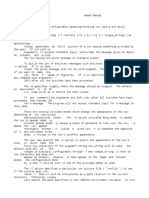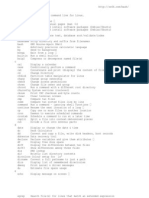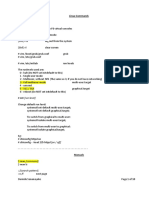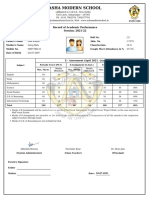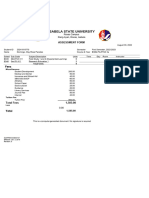0% found this document useful (0 votes)
50 views3 pagesInstall Cowsay on Ubuntu Guide
Uploaded by
Brian K. AcevedoCopyright
© © All Rights Reserved
We take content rights seriously. If you suspect this is your content, claim it here.
Available Formats
Download as DOCX, PDF, TXT or read online on Scribd
0% found this document useful (0 votes)
50 views3 pagesInstall Cowsay on Ubuntu Guide
Uploaded by
Brian K. AcevedoCopyright
© © All Rights Reserved
We take content rights seriously. If you suspect this is your content, claim it here.
Available Formats
Download as DOCX, PDF, TXT or read online on Scribd
/ 3
